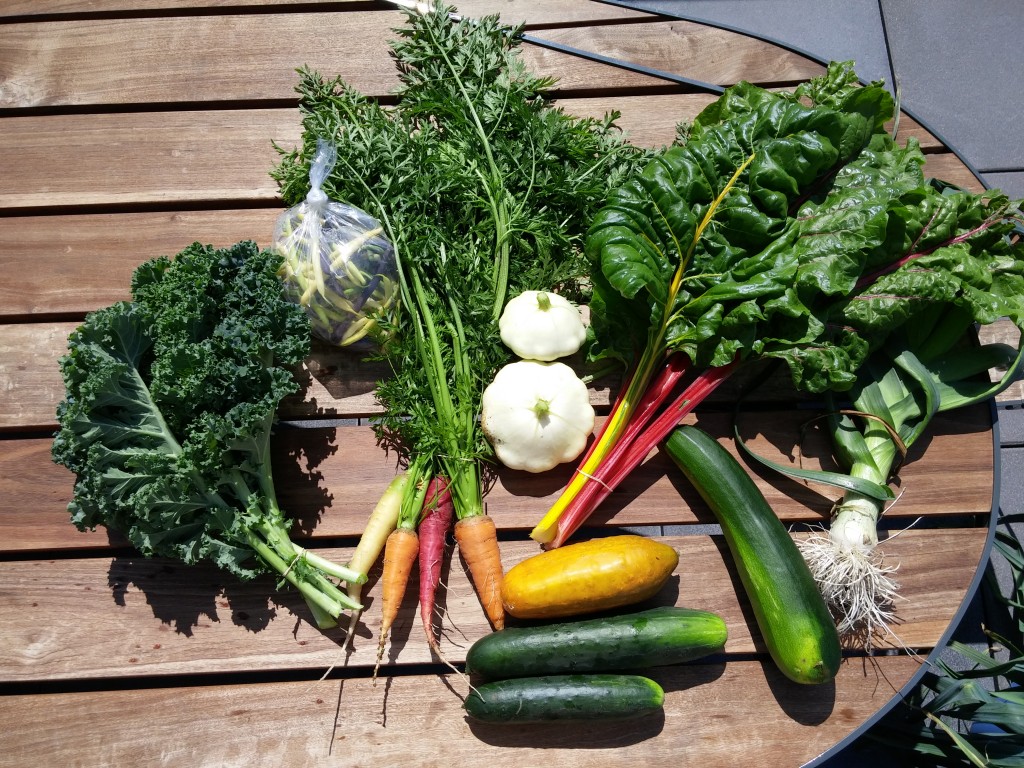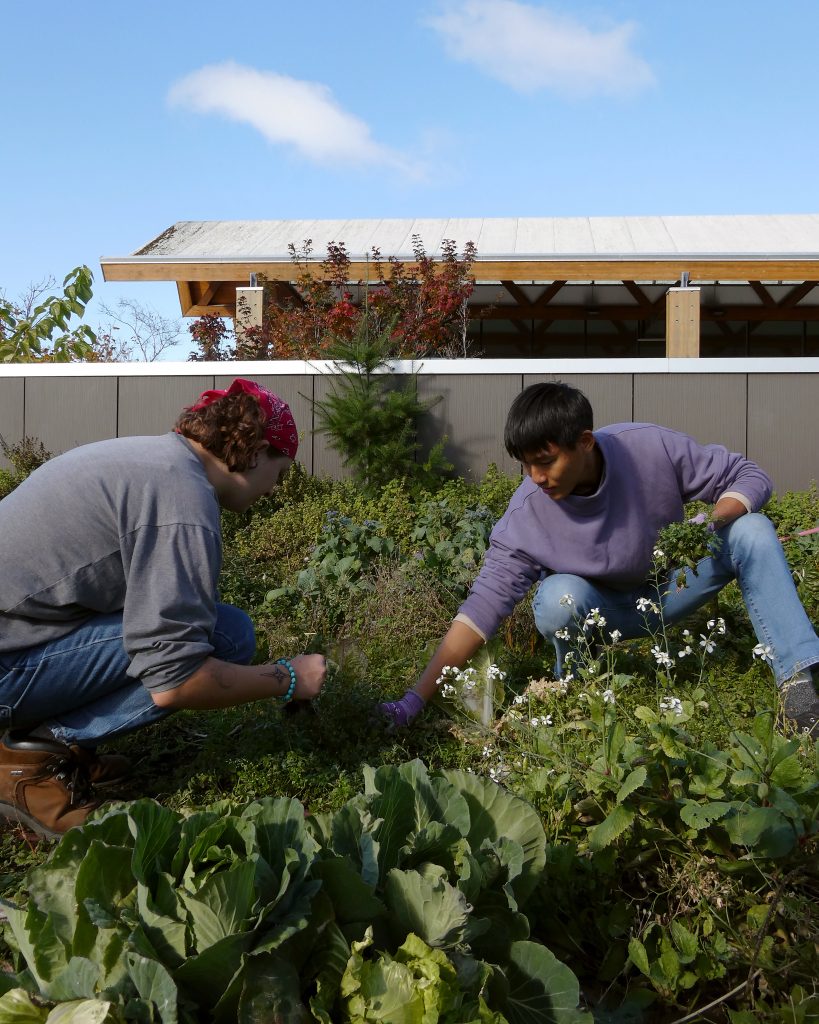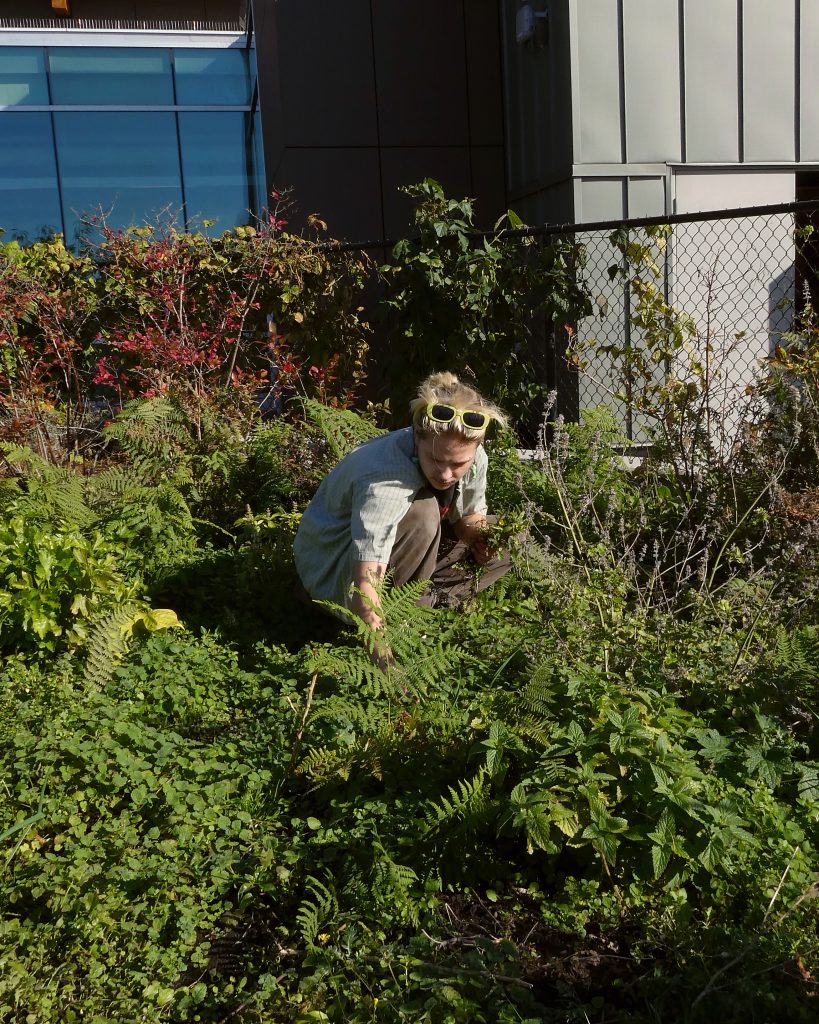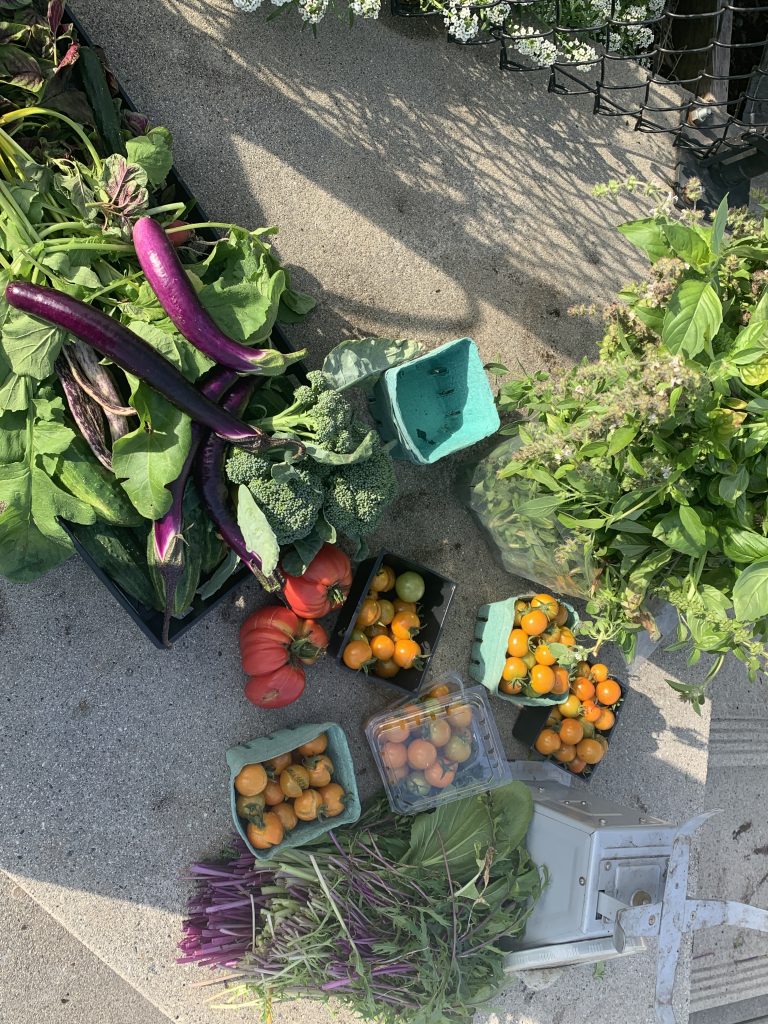Once you’ve familiarized yourself with your roof and found the appropriate design, it’s time finish the last details of your plan and get started.
Windbreakers are likely a likely a must, depending on the amount of wind exposure you get on your roof. Trellised of other lattice windbreakers that aim to disrupt the flow of wind instead of stopping it completely usually work best. PVC, bamboo, and fabric are common materials.
Lattice windbreaker image from: here
image from: here
Shade structures are definitely something to keep in mind if the sun is too direct on your roof. Luckily, this is as simple as figuring out where the sun is too strong and hanging some cloth to block it.
Watering is without a doubt something you need to consider because roof gardens tend to dry out more quickly due to the increased wind a sun exposure, especially is shallow planter boxes. If you have roof level spigots, drip irrigation is an easy way to make sure your garden stays watered throughout the day, even when you get busy with other things. Another option is to have a rooftop rain barrel, but once again, it’s important to calculate the weight of the full barrel and make sure the roof can support it. Of course, you can also carry watering cans up to the roof yourself.
Storage for tools and compost on the roof might make things easier for you. Shelves, a narrow closet, or benches with build in storage are good option.
Weight is a recurring theme here, if you haven’t already noticed. Choose lighter, wooden materials where possible, remember that potting soil is your friend, and keep careful calculations of what everything weighs and how that weight is distributed. At the same time, keep in mind lightweight garden chairs and watering cans might be blown away in the wind, so make sure to secure anything lightweight.
Now you’re ready to choose your plants. Heat and drought resistant plants are most likely to do well, but this will depend on the conditions on your roof. For example, if your roof is heavily shaded by neighboring buildings that will provide shelter. If your roof is black, it will get significantly hotter than roofs of lighter colors. Get a sense of the microclimate on your roof by finding the minimum and maximum rooftop temperatures, notice how sunlight travels across the roof throughout the day, and note the amount of shade, wind, and rain your roof receives. If you need some inspiration, check out the what to grow section of our website- you’ll find more information there about which plants thrive in which conditions, and how to care for them.












